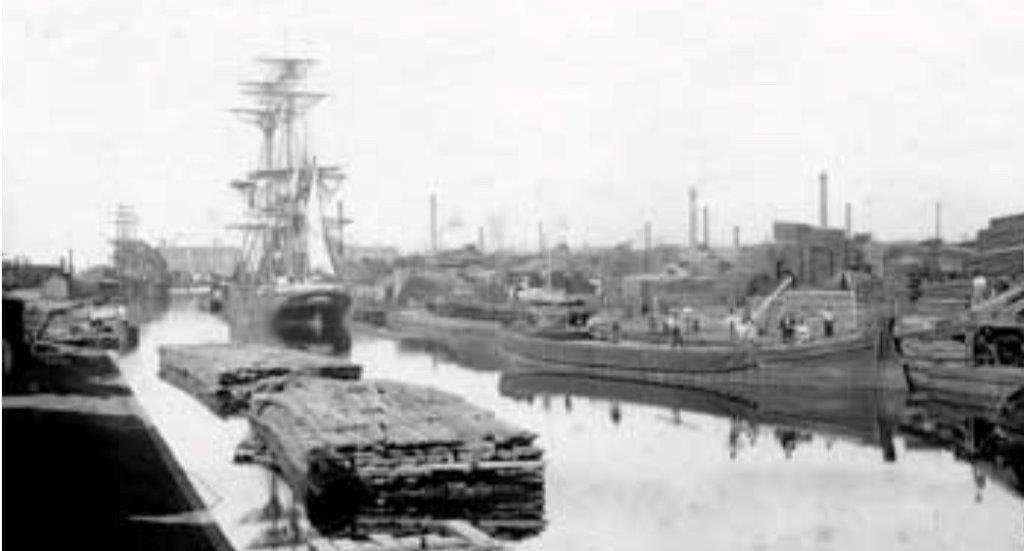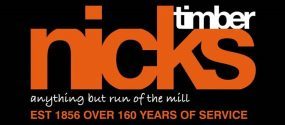Call
Chapter Three

In the late 1880s Nicks & Co dealt with 15 to 20 ships a year, bringing sawn deals, baulk timber and some railway sleepers from Canada, the Baltic ports and Archangel with occasional cargoes of pitch pine from the United States of America. ( See map for docks )To convert the wood to suit customers’ needs, the partners built their own sawing, planning and moulding mill at Canada Wharf, where the company still operates from today, the steam engine boiler being fuelled by waste wood and cooled by water from the canal created the power to drive what was in the day one of the most advanced milling set ups in the UK. The chimney that vented the steam became a Gloucester Land mark until it was finally demolished after the fire in the late 1980sThey also built a creosoting works for preserving wood, the creosote being supplied from William Butler’s tar distilling plant on the river bank at Sandhurst. There was a crane on the quayside for handling large pieces of wood, and in 1881 the partners erected an elevator nearby for landing railway sleepers which were becoming a significant part of their business. At the same time, they laid a pipe across the quay underneath the railway to convey creosote from a boat on the canal to the storage tank in the yard. As these new premises were some way out of town, the firm also maintained an office at Ashley House (now 174 Southgate St) for several years.

Leave a comment